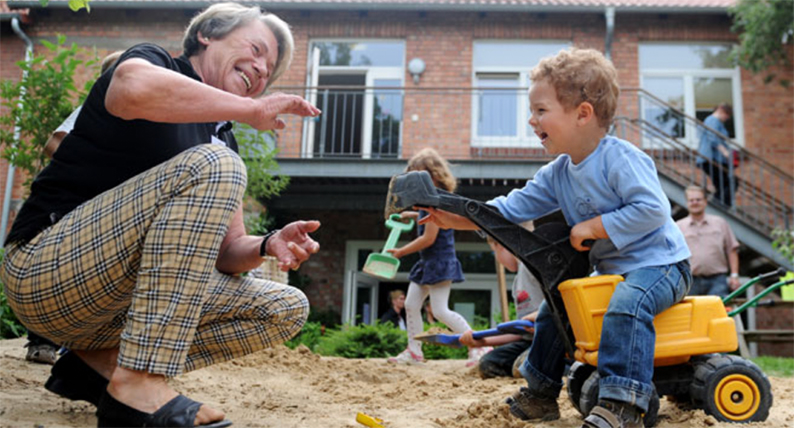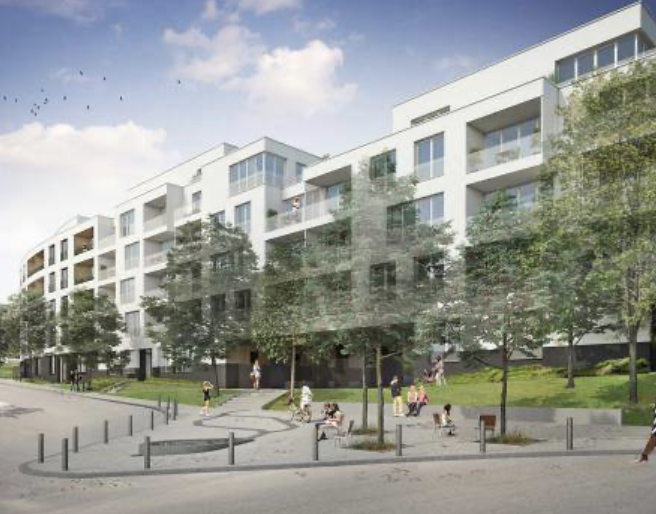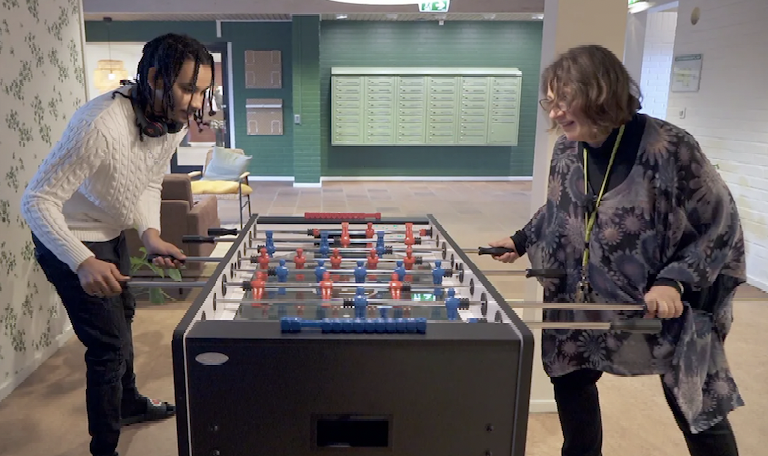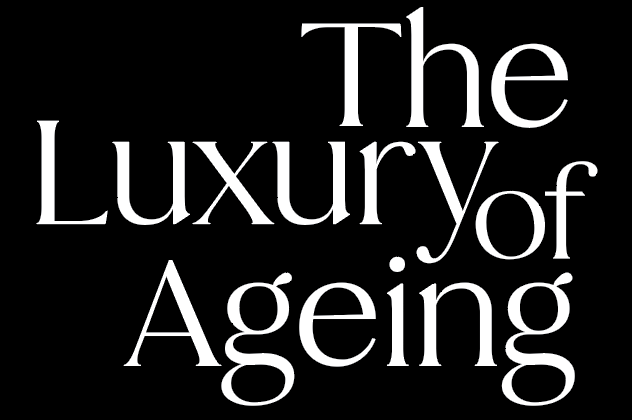Are there any examples from EU nations of intergenerational housing initiatives, programs or amenities that have successfully reduced loneliness and created a greater sense of connection amongst multiple age groups?
Today across the EU, there are many projects on intergenerational living spaces which were launched thanks to funding from EU, national or regional programmes targeting urban or rural innovative actions.
Example of a EU-funded intergenerational housing project:
The
CALICO co-housing project was launched in 2021 in Belgium by Bruxelles-Logement (the local authority responsible for housing policies), with the support of the European Regional Development Fund (ERDF). This housing project is divided into three living spaces: the first one is dedicated to new forms of intergenerational living based on solidarity, where young and older tenants live together and support each other. The second living space is dedicated to a group of female activists, urban planners, architects, sociologists and life-long-learning trainers, and seeks to help women of all ages access adequate housing. The third living space aimed at facilitating access to home owning for persons with low income who struggle to find decent housing at an affordable price.
Example of a national programme supporting intergenerational housing;
In 2006, the German Federal Ministry of Family Affairs, Senior Citizens, Women and Youth launched
a programme to support the development of local multigenerational houses, where social services, targeting different population groups of various ages, could be pooled and users could share common places to mix and interact. In 2012, with EU funding, the programme was extended to create several hundred new multigenerational houses. Today there are multigenerational houses in almost all German districts and municipalities. These public multigenerational living spaces are adapted to the local population needs and are based on the new concept of co-production of social solutions, developed for and with the target groups in an inclusive approach, a place to meet, exchange, and do things together.
Example of a local authority initiative
This example comes from the city of Helsinborg, Sweden, where the housing company owned by the city has launched a project of intergenerational living spaces at Fredriksdal: The
SällBo project is offering a new approach to shared accommodation between different age groups. Half of the apartments are reserved for older people aged 65 and over and the rest are open to young adults aged 18 to 25, including people who have recently been granted a residence permit in Sweden. The aim is to foster integration and enable generations and cultures to meet, so social life is at the core of the SällBo project. In addition to their apartment, tenants have access to common areas both indoors and outdoors, with plenty of space for leisure and socialising between tenants of both age groups.



